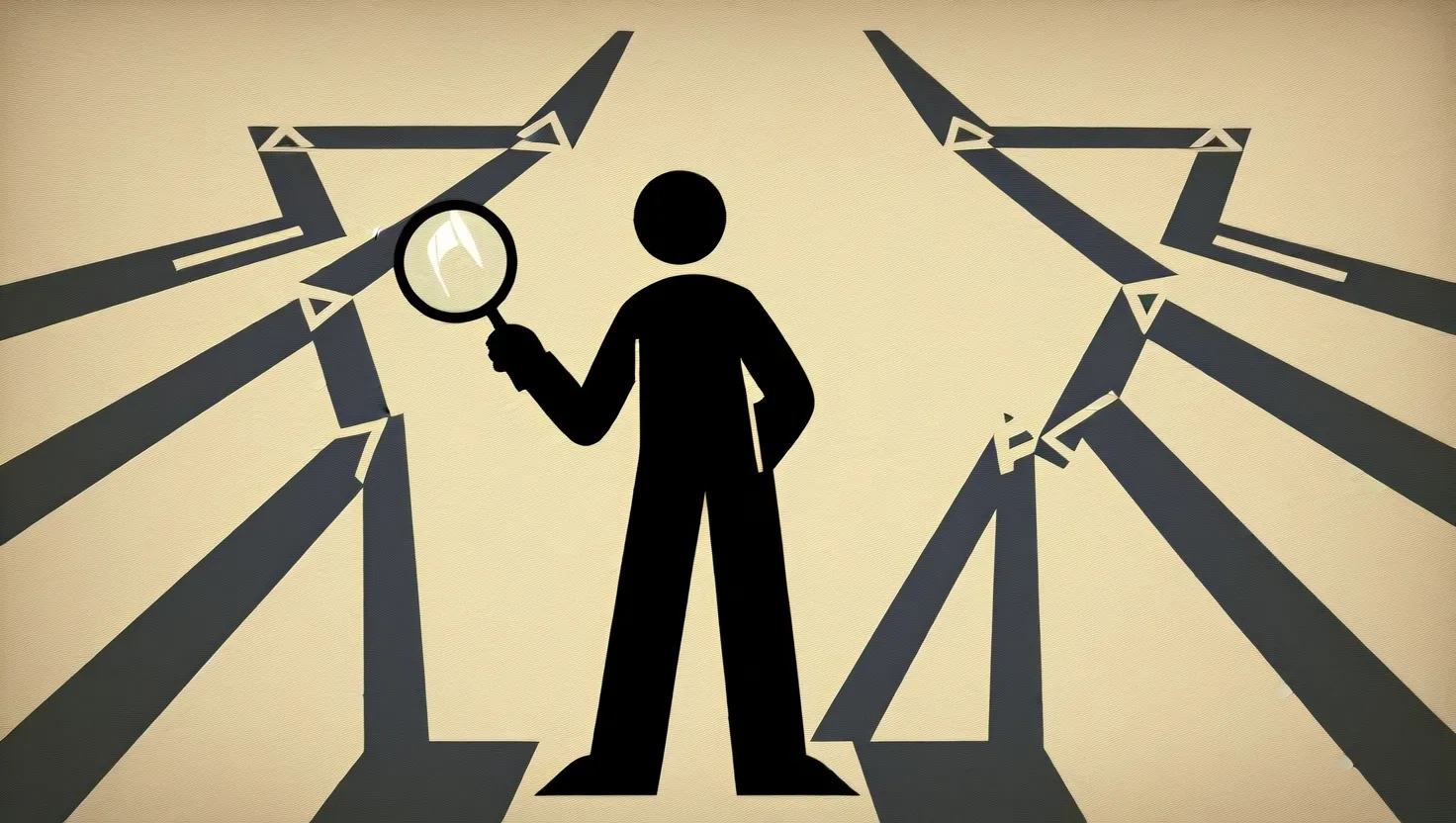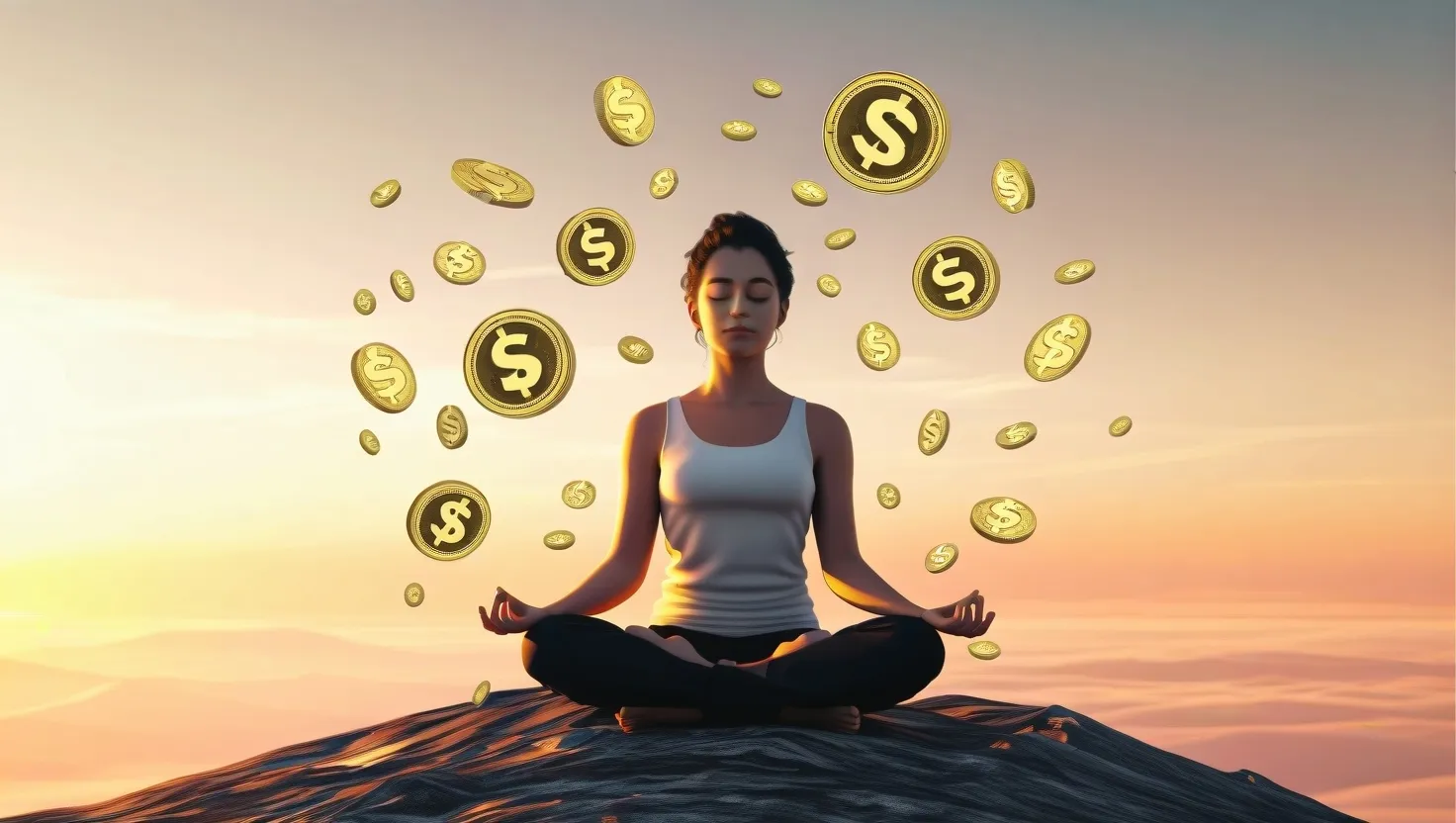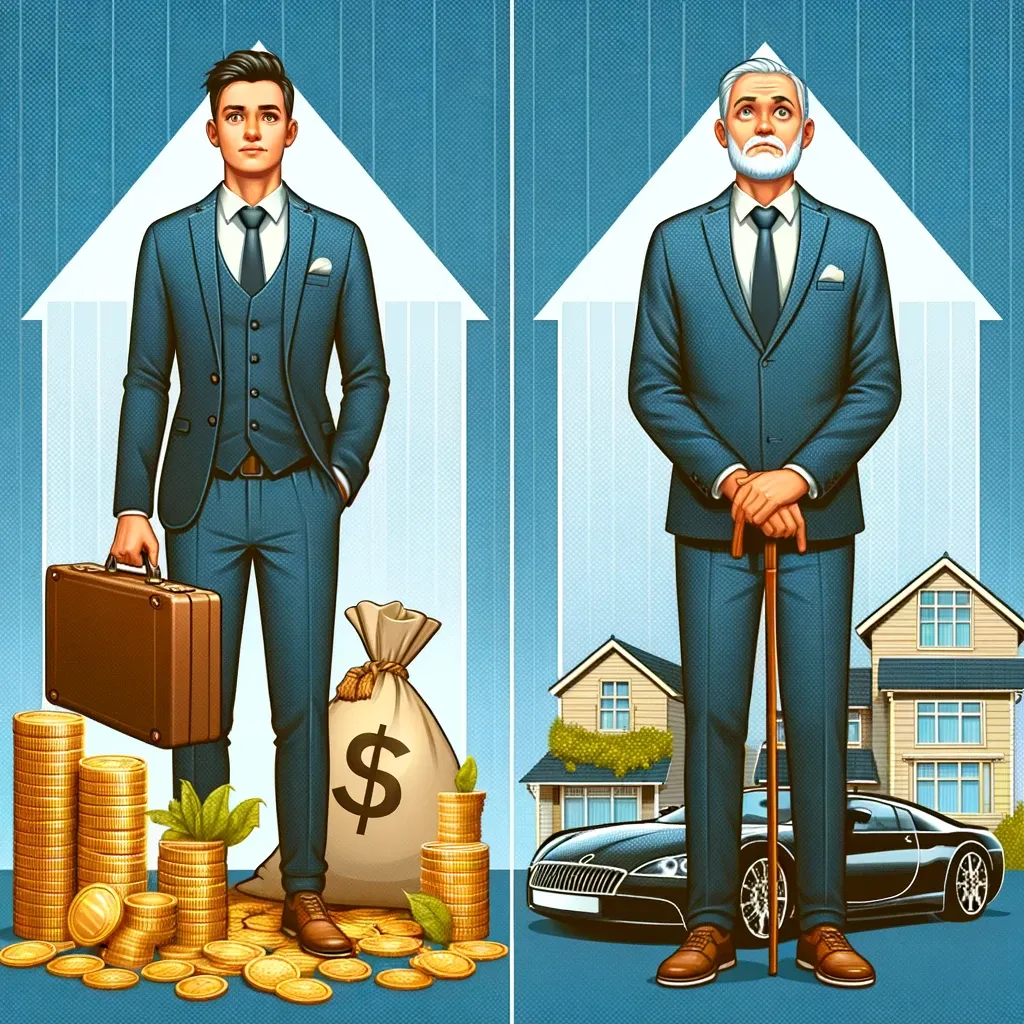If habits are the invisible architecture of daily life, then understanding how they work is like finding the master key to our behaviors. After spending hours with “The Power of Habit” by Charles Duhigg, I can tell you it’s not just a matter of willpower or good intentions. It’s about decoding the mechanics behind what we repeatedly do, finding leverage points, and making small tweaks that ripple into big results.
Let’s start with a question: Have you ever tried to quit a habit—maybe biting your nails or scrolling through your phone at midnight—only to find yourself doing it again after swearing you wouldn’t? It’s not a lack of character. It’s that habits are loops: cues trigger routines, routines bring rewards, and our brains are wired to save energy by running these loops on autopilot. Noticing this loop is like switching on the light in a dark room. Suddenly, you can see what you’re dealing with.
Take a moment and think: What triggers your toughest habits? Is it boredom, stress, the time of day, or being around certain people? If you’re brave enough to journal your routines for just three days, you’ll see patterns start to emerge. For example, maybe you reach for a snack every afternoon not because you’re hungry, but because you need a break from your screen. The real reward isn’t the cookie—it’s relief.
There’s a famous line by Aristotle:
“We are what we repeatedly do. Excellence, then, is not an act, but a habit.”
That’s both daunting and liberating. It means you have the power to shape your identity, one routine at a time.
But what if you want to change those routines? Duhigg’s work shows that you don’t have to completely overhaul your life. The trick is to leave the cue and the reward alone, but swap out the routine. Next time you feel that afternoon slump, try stepping outside for a brisk walk. You’ll likely find you still get the boost you were seeking, but in a way that serves you better.
I’ll admit, the idea sounds simple, almost too easy. But science backs it up. Your brain loves rewards, and if you supply a new routine that provides the same satisfaction, you’re much more likely to stick with it.
Now, let’s talk about something I wish someone had told me years ago—the outsized impact of certain habits, or as Duhigg calls them, “keystone habits.” These are not just random routines. They’re the ones that set off chain reactions. You change one, and suddenly, a lot of other things fall into place. Picture someone who starts running every morning. Sure, they get fitter. But they also start eating healthier, sleeping more, even spending less. Why? Because that new morning ritual sets the tone for the entire day. Suddenly, other positive choices feel easier.
Have you ever noticed a keystone habit in your life? Maybe making your bed sets you up for a productive day, or planning meals on Sunday saves you from last-minute unhealthy choices all week. What would happen if you picked just one keystone habit and focused on it for a month?
A quote comes to mind, from William James:
“All our life, so far as it has definite form, is but a mass of habits.”
It’s empowering and a little frightening. If life is shaped by habits, then the ones we cultivate matter more than we think.
Yet, all the tactics in the world won’t stick if you don’t believe change is possible. Duhigg’s most unconventional insight is about belief—not just in yourself, but the kind that is reinforced by others. Willpower is finite, especially when you’re isolated. But surround yourself with people who share your goals, and suddenly, belief gets easier. This is why support groups are powerful; they create networks of accountability and hope. When motivation dips, remembering past victories or leaning on a community can keep you steady.
Let me ask: Who do you have in your corner? Do you have someone who’ll cheer you on or call you out when you’re slipping?
Here’s a practical experiment. Imagine you want to cut down on late-night snacking. You notice the urge strikes when you’re alone and tired. What if, instead of heading for the fridge, you text a friend, go for a short walk, or even start a nightly ritual of making herbal tea? By keeping the cue (nighttime), keeping the reward (comfort or relaxation), but shifting the routine, you stand a much better chance of success.
Another insight that doesn’t get enough attention: habits can be contagious. Studies of social networks show that people who hang around those with positive habits are likelier to pick them up themselves. If your friends read, you’ll probably read more. If your colleagues leave the office at a reasonable hour, you’ll be less tempted to work late. Sometimes, the fastest route to habit change is adjusting who you spend your time with.
Duhigg’s research also lifts the lid on how organizations and societies can use habits to their advantage. Take the story of Alcoa, the aluminum giant. When Paul O’Neill became CEO, he focused obsessively on worker safety—a keystone habit. It seemed narrow, but it ended up improving communication, quality, and even profits. The lesson? Sometimes the most powerful way to spark change is to focus on a single, pivotal habit and watch as the effects ripple outward.
Have you considered what your workplace or family’s keystone habits might be? Could tweaking just one daily ritual make everything else run smoother?
Charles Duhigg writes about the “cue-routine-reward” loop as both a personal and collective tool. On an individual level, it means I can rewire habits one at a time. On a broader level, it suggests that group habits—like the rituals of a sports team or the after-dinner walks in a family—are the often unseen glue that shape culture.
Another overlooked angle: sometimes habit change isn’t about working harder, but making the cues or rewards so obvious that you can’t help but pick the new routine. Want to floss more? Put the floss on top of your toothpaste. Want to write every day? Leave a notebook on your pillow. Small environmental tweaks can have outsized effects because they adjust the default.
There’s wisdom in the words of Samuel Johnson:
“The chains of habit are too weak to be felt until they are too strong to be broken.”
That’s a sharp reminder. Good or bad, habits gather strength silently, so the sooner you shape them, the better.
One of the most interesting discoveries in habit science is that lapses are normal. The difference between people who make lasting changes and those who don’t isn’t perfection—it’s getting back on track quickly. Expect setbacks. Plan for them. If you miss your morning walk, don’t wait for next Monday to restart. The next opportunity is always just a routine away.
Finally, let’s talk identity. I’ve found that the best way to stick with a new habit is to make it a part of who you are. If you see yourself as a runner, you’ll run. If you see yourself as a reader, you’ll read. The habit becomes less about what you do, and more about who you are.
James Clear, in his book on atomic habits, put it like this: “Every action you take is a vote for the type of person you wish to become.” It’s a beautiful way to look at transformation—not as a distant goal, but as a process of daily voting with your behavior.
So, what are the loops running your days? Which routines are secretly keystone habits, waiting to be harnessed? Who can you bring into your change process to help you believe, especially when old patterns try to pull you back?
Change a habit, and you can change your life. It sounds simple, but as Charles Duhigg shows, it’s also backed by profound science and rich with possibility. Take up the challenge—notice your habit loops, play with new routines, focus on the keystone rituals, and never underestimate the power of belief. Who knows what kind of transformation you’ll unlock, one habit at a time?






